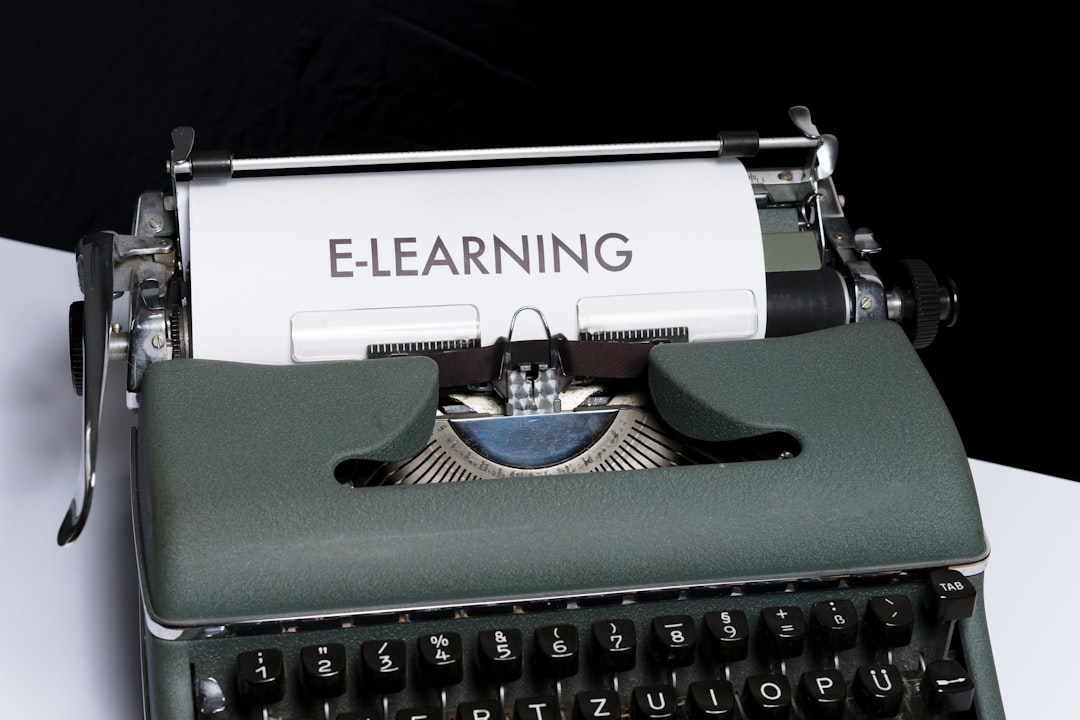
The Truth About ChatGPT and Plagiarism Detection Tools: What You Should Know
As AI writing tools such as ChatGPT become more accessible and widely used, questions surrounding their impact on academic integrity and originality are increasingly pressing. One of the most debated concerns is how AI-generated text interacts with plagiarism detection tools. Educators, students, professionals, and researchers are asking: Can plagiarism checkers detect AI-generated content? Is using ChatGPT the same as plagiarizing? This article unpacks the facts, dispels common misconceptions, and provides guidance on responsibly leveraging AI writing tools like ChatGPT.
The Rise of AI Writing Assistants
ChatGPT, developed by OpenAI, is a sophisticated AI model capable of generating coherent, contextually appropriate text based on user prompts. It can be used for everything from drafting professional emails to writing essays, articles, and even code. As its popularity has grown, so too have concerns around the ethical use of its outputs in academic and professional settings.
The central question is this: If a user copies and pastes AI-generated text into an assignment or article, is it considered plagiarism? And if so, can traditional plagiarism detection tools such as Turnitin, Grammarly, or Copyscape catch it?
Understanding Plagiarism in the Context of AI
Plagiarism traditionally refers to presenting someone else’s work, ideas, or words as one’s own without proper attribution. Most plagiarism detection tools are designed to scan databases of published and online content to find textual similarities or direct matches.
However, AI-generated content is not directly copied from a specific source. Instead, ChatGPT and similar models generate original text based on patterns learned from vast amounts of training data. This raises a critical distinction:
- AI-generated text is not inherently plagiarized unless it replicates source material exactly or paraphrases too closely without attribution.
- AI outputs are not sourced in the traditional sense—they are generated, not copied.
Therefore, while AI content might appear unique and undetectable by plagiarism scanners, ethical concerns persist when such content is presented as original human-written work, particularly in academic environments.
Can Plagiarism Detection Tools Identify ChatGPT Output?
The short answer is: not always. Traditional plagiarism detectors work by comparing student submissions or other written work against existing documents, websites, journals, and databases. Since AI-generated text is not pulled from a specific published source, these systems may struggle to flag it as plagiarized.

However, newer tools are emerging that attempt to detect whether content was written by a human or generated by an AI. These are not plagiarism checkers per se, but rather AI detection tools. Some notable examples include:
- OpenAI’s AI Text Classifier (now discontinued but was designed to detect AI-written text)
- GPTZero: Specifically built to distinguish between human and AI writing
- Originality.ai: Offers detection capabilities for content created by GPT models
These tools often assess factors such as sentence complexity, randomness, and coherence to determine whether a piece of writing was likely generated by AI. That said, accuracy varies significantly, and false positives or negatives can occur. Moreover, savvy users may edit AI output just enough to confuse these detectors.
Ethical Concerns and Academic Integrity Policies
Many institutions are updating their academic integrity policies to reflect the challenges posed by AI writing tools. While the technology is not directly plagiarizing another person’s writing, using it without disclosure can still violate academic rules or workplace guidelines.
Here are some common principles being adopted:
- Transparency: Users are expected to disclose when AI tools have been used, especially in formal or academic writing.
- Attribution: Some institutions allow AI assistance if it is properly cited or acknowledged, much like citing a source.
- Original Contribution: Even when using AI, users must contribute significantly to the content through editing, analysis, or personal insight.
Failing to follow these practices can still constitute academic misconduct, even if the text is “original” in the sense that it passes plagiarism detection scans.
Limitations of Current Detection Technology
One major issue with reliance solely on plagiarism checkers is their inability to capture the full intent behind a piece of writing. A submission may pass through tools like Turnitin without flagging any matches, yet still be ethically questionable if an AI model produced most of the content without contextualization by the user.
Moreover, there’s growing concern over:
- False sense of security for students or writers who assume undetected content is always acceptable
- Over-reliance on automated detection, while overlooking deeper concerns about learning and intellectual development
- Potential biases or inaccuracies in AI detection tools that can unfairly penalize legitimate authors
This adds layers of complexity to the debate and suggests that mere tool integration isn’t enough—education and ethical literacy must evolve alongside technology.
Best Practices: How to Use ChatGPT Responsibly
Whether you’re a student, educator, researcher, or content creator, there are responsible ways to use ChatGPT and similar tools without crossing ethical lines. Consider the following best practices:
- Use AI as a brainstorming aid: Let ChatGPT help generate ideas, outlines, or suggestions—not the final product.
- Disclose AI involvement: If AI assists in idea generation or drafting, acknowledge it in your process or final documentation.
- Edit and personalize the output: Raw AI text often lacks depth, nuance, or relevance to your unique experience or argument. Add your voice and insights.
- Check for factual accuracy: AI-generated content is prone to inaccuracies or “hallucinations.” Cross-verify any claims, data, or sources.
- Comply with guidelines: Always align with the ethical standards of your institution or workplace regarding AI usage.

By treating AI as a tool rather than a shortcut, users can avoid compromising integrity while benefiting from enhanced productivity and creativity.
Looking Forward: The Evolving Landscape
We are entering an era where authorship, creativity, and automation intersect in ways never seen before. Institutions and developers alike are racing to catch up, with new tools, regulations, and policies being introduced to address these challenges. But as this technology matures, so too must our literacy in using and evaluating it.
The burden is on educators to guide students with updated curriculums that include critical thinking about AI’s role. Meanwhile, content creators must approach AI output with discernment, recognizing where originality and credibility demand more than just clean grammar and coherence.
Conclusion
AI models like ChatGPT do not plagiarize in the traditional sense, but their responsible use requires a strong understanding of both technological limitations and ethical expectations. While plagiarism detection tools may not always flag AI-generated content, users aren’t off the hook. The truth lies not in whether the text is “original” according to an algorithm, but whether it represents honest and transparent authorship.
As the line between assistance and authorship continues to blur, maintaining trust in education and communication will require vigilance, adaptability, and a renewed commitment to intellectual honesty.